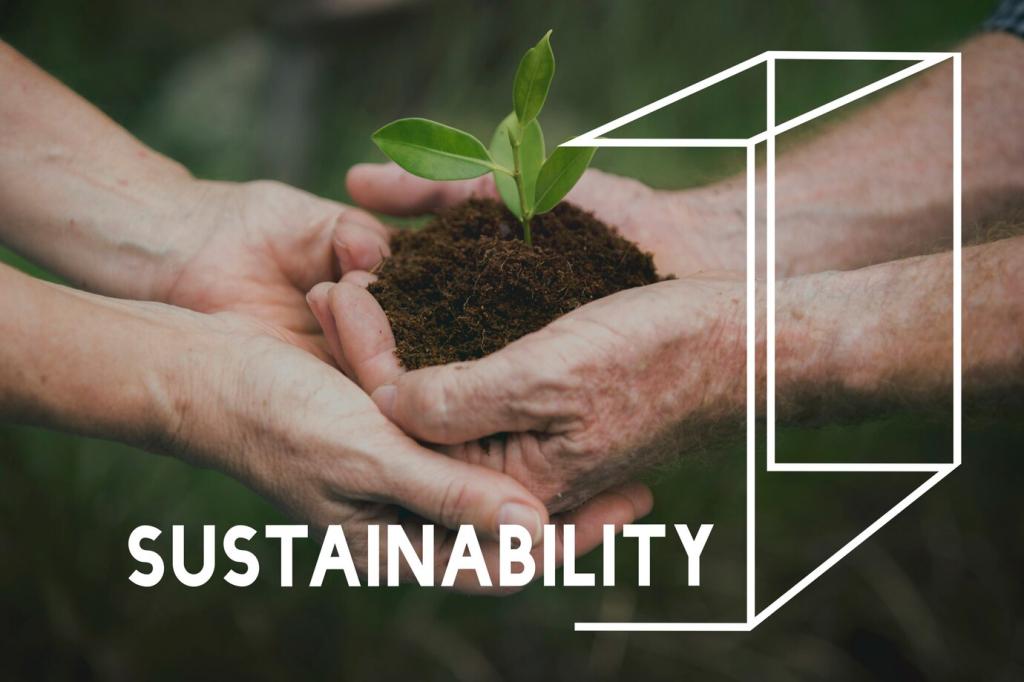
Energy-Efficient Transport Solutions for Urban Areas
As urban populations continue to grow, cities face major challenges in providing reliable, convenient, and sustainable mobility. Energy-efficient transport solutions are key to reducing emissions, improving air quality, and making urban environments more livable. By integrating advanced technologies, policy frameworks, and innovative designs, cities can transform the way people and goods move, ensuring both economic vibrancy and environmental responsibility.
Transitioning traditional diesel-powered buses and trains to electric alternatives offers significant energy savings and environmental benefits. Electric vehicles produce zero tailpipe emissions, reduce noise pollution, and often feature regenerative braking systems that recapture energy during operation. The expansion of charging infrastructure and the integration of renewable energy sources, such as solar or wind, can further lower the carbon footprint of public fleets. Cities that have embraced electric buses and trains not only see long-term cost reductions but also improve public health by minimizing exposure to harmful pollutants.
Smart Public Transit Systems
Promoting Active Transportation
Cities that invest in high-quality sidewalks, protected bike lanes, and safe crossings empower residents to choose walking or cycling for their daily commutes. Well-designed infrastructure reduces accidents and improves the overall experience, making active transport more appealing for all age groups. Increasing the comfort and accessibility of these routes reduces car dependency, cuts emissions, and can help alleviate congestion in urban centers. Moreover, vibrant public spaces and improved street life become natural byproducts of investments in active transport solutions.
Urban greenways serve as linear parks that connect neighborhoods, workplaces, and commercial areas while providing continuous and attractive routes for cyclists and pedestrians. These corridors often incorporate landscaping, seating, and lighting to enhance user experience, making non-motorized travel both practical and pleasant. Mobility corridors can also link to public transit stations, creating a network effect that provides viable alternatives to car journeys. By transforming underutilized spaces such as rail lines or riverbanks into greenways, cities can repurpose existing land to promote energy-efficient mobility.
Sustained success in active transportation hinges not only on infrastructure but also on shaping behavior through public campaigns and incentives. Programs that highlight the health, economic, and environmental benefits of walking and cycling help build wide support for energy-efficient choices. Financial incentives, such as subsidies for bicycle purchases or rewards for regular active commuting, can further shift travel patterns. These initiatives foster a culture of sustainability that complements physical improvements, facilitating lasting reductions in urban transport energy consumption.
Aggregated, On-Demand Travel Planning
With MaaS, users can plan, book, and pay for end-to-end journeys that might combine public transit, bike-share, and ride-hailing, all through a single interface. Algorithms analyze current traffic and availability to recommend the most efficient, lowest energy-consuming routes. By simplifying intermodal journeys and providing all options in one app, MaaS reduces friction, encourages smart choices, and supports higher utilization of efficient, shared forms of mobility.

Dynamic Pricing to Incentivize Sustainable Choices
Dynamic pricing within MaaS platforms can nudge users toward more sustainable transport modes. By offering discounts or preferential rates for off-peak travel, shared rides, or low-emission vehicles, cities and operators can actively manage demand and reduce energy use during congested periods. Financial incentives may tip the balance for passengers wavering between car use and sustainable options, amplifying the impact of existing infrastructure and policies on urban energy consumption.

Integration with Shared Mobility Services
MaaS platforms enhance energy efficiency by making it easier to access shared mobility services such as car-share, bike-share, scooters, and micro-transit vehicles. These services offer flexible, short-distance travel without requiring individual vehicle ownership, resulting in more efficient fleet utilization and reduced vehicle miles traveled. Integrating these options within MaaS digital platforms increases visibility and adoption, helping cities collectively move toward lower-carbon and energy-conscious transportation networks.
